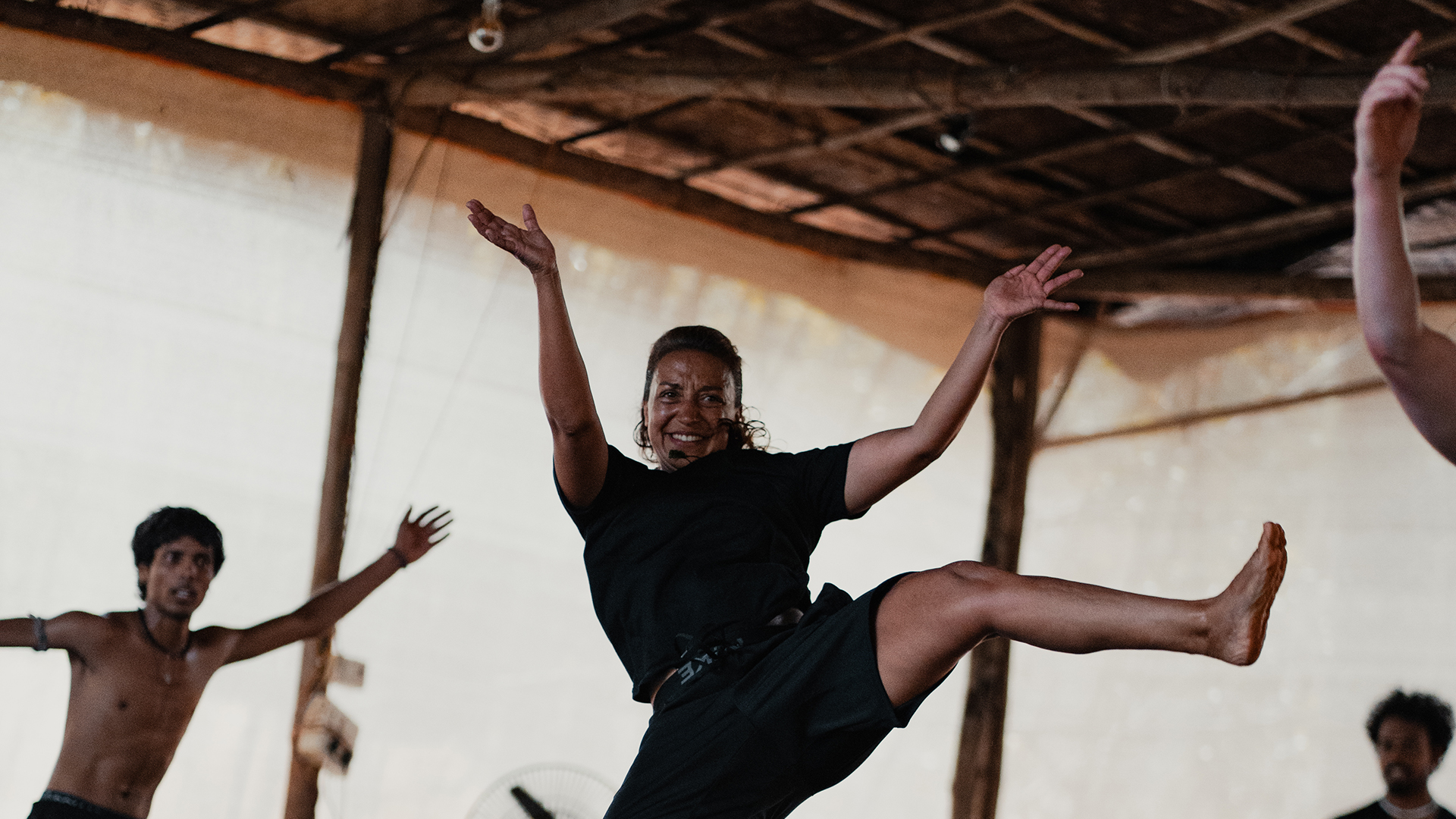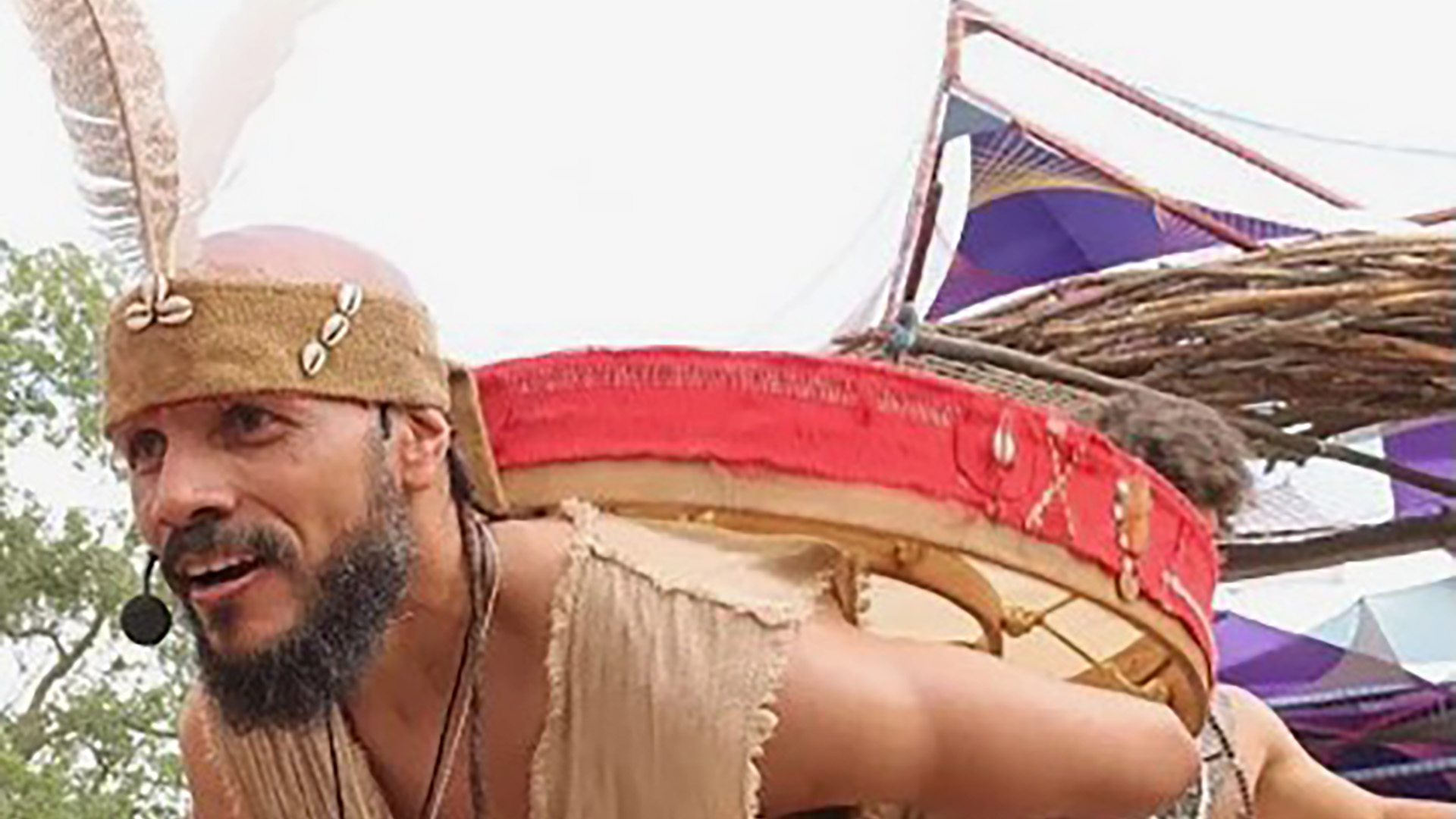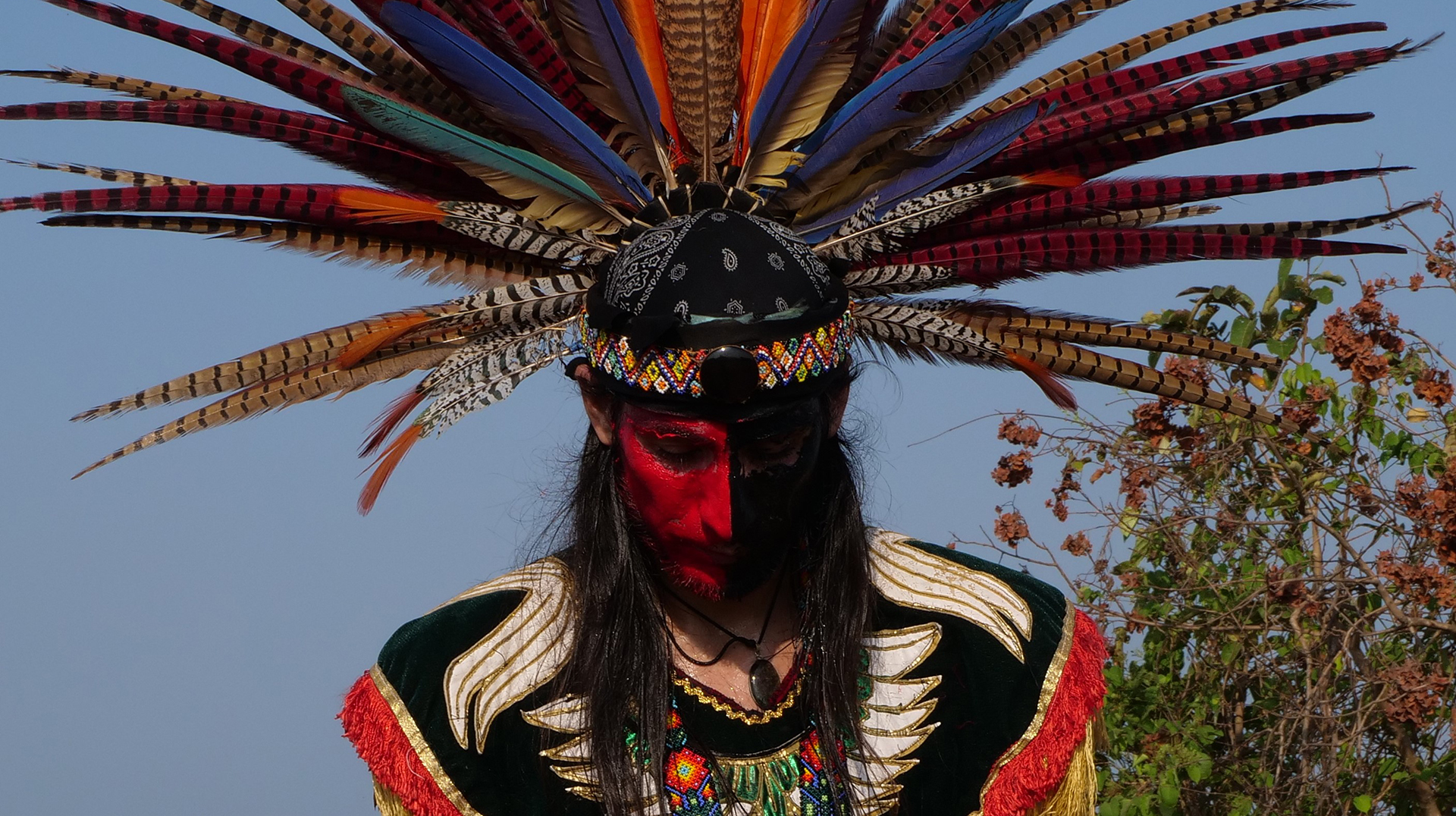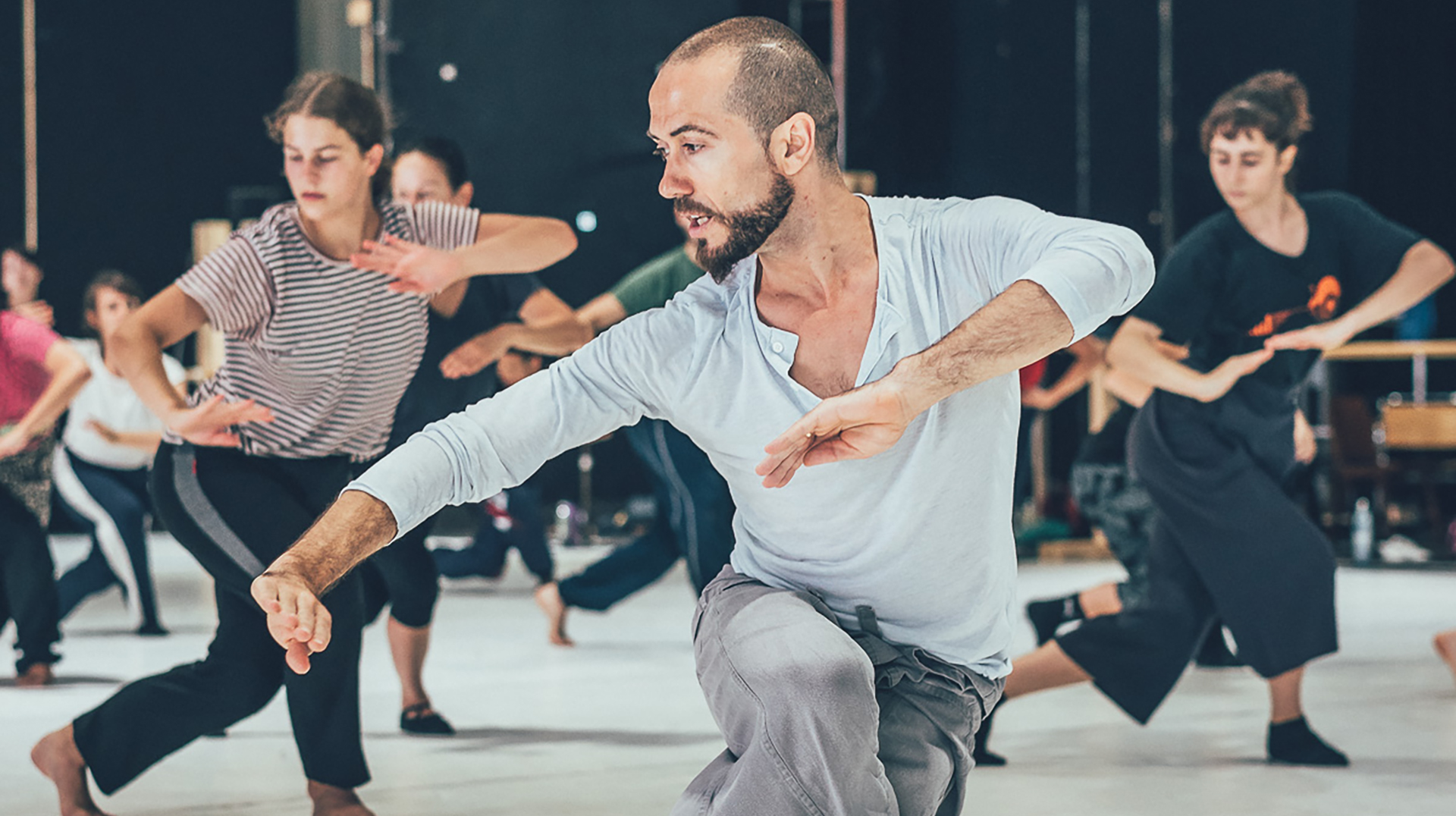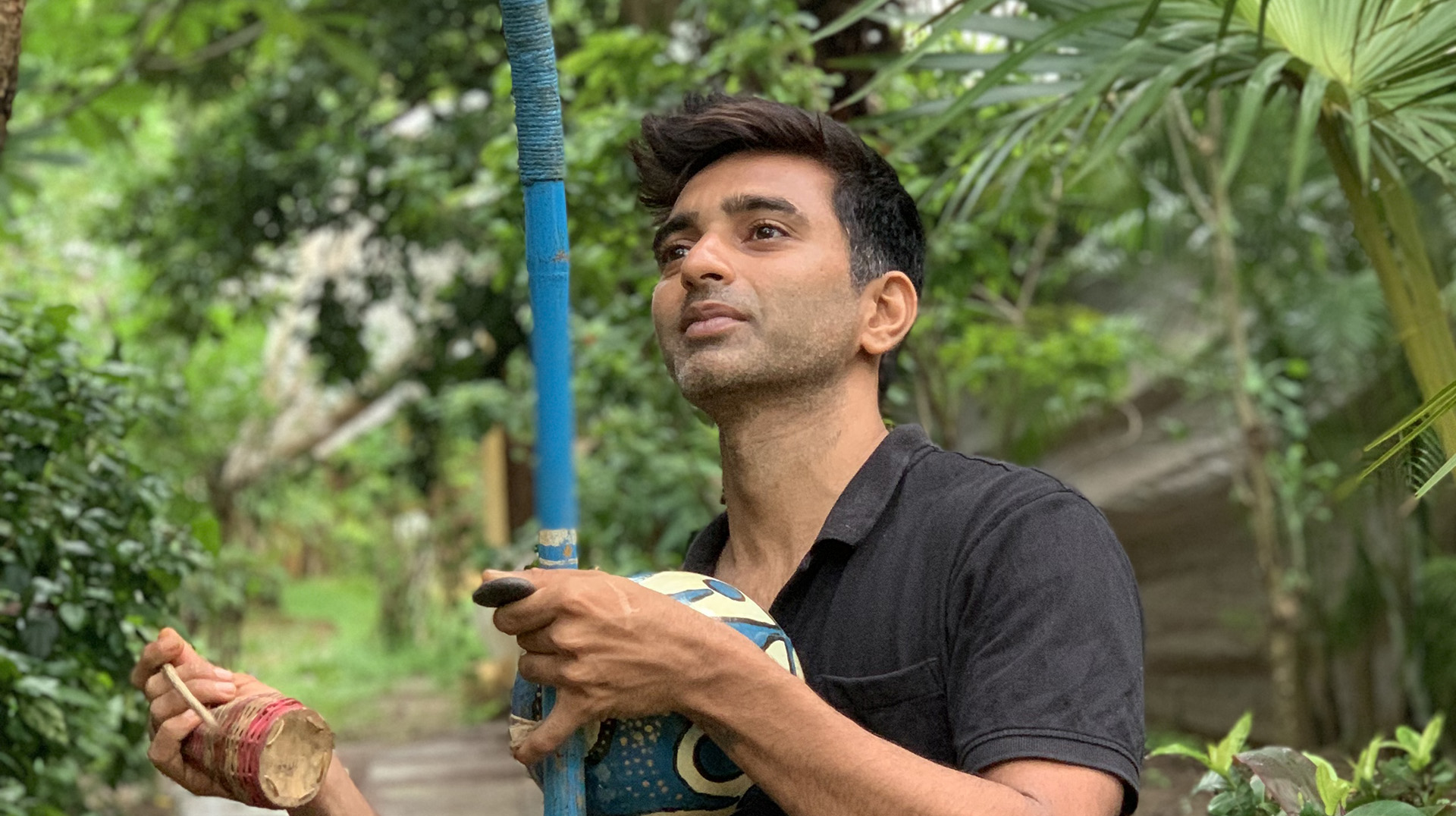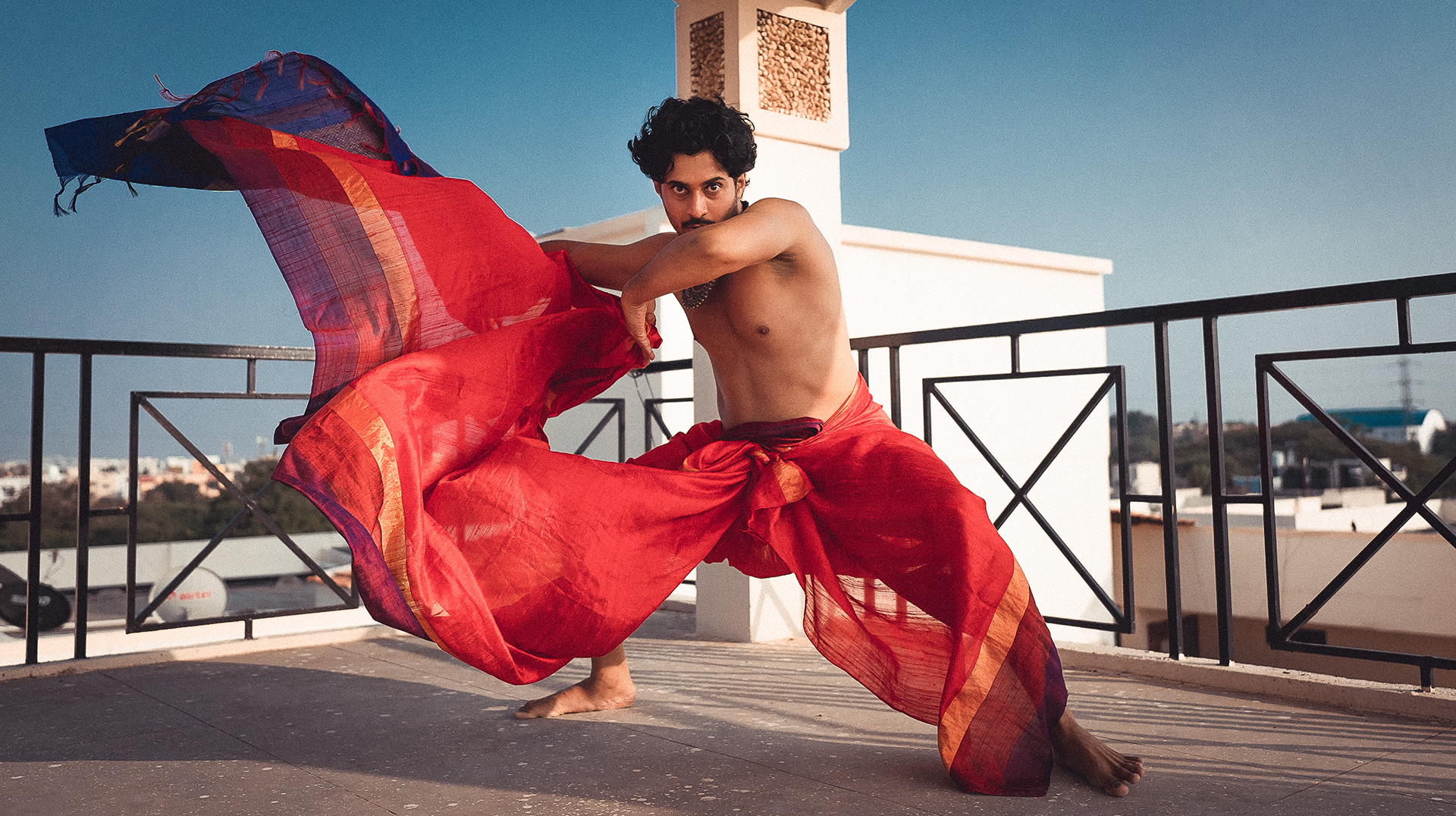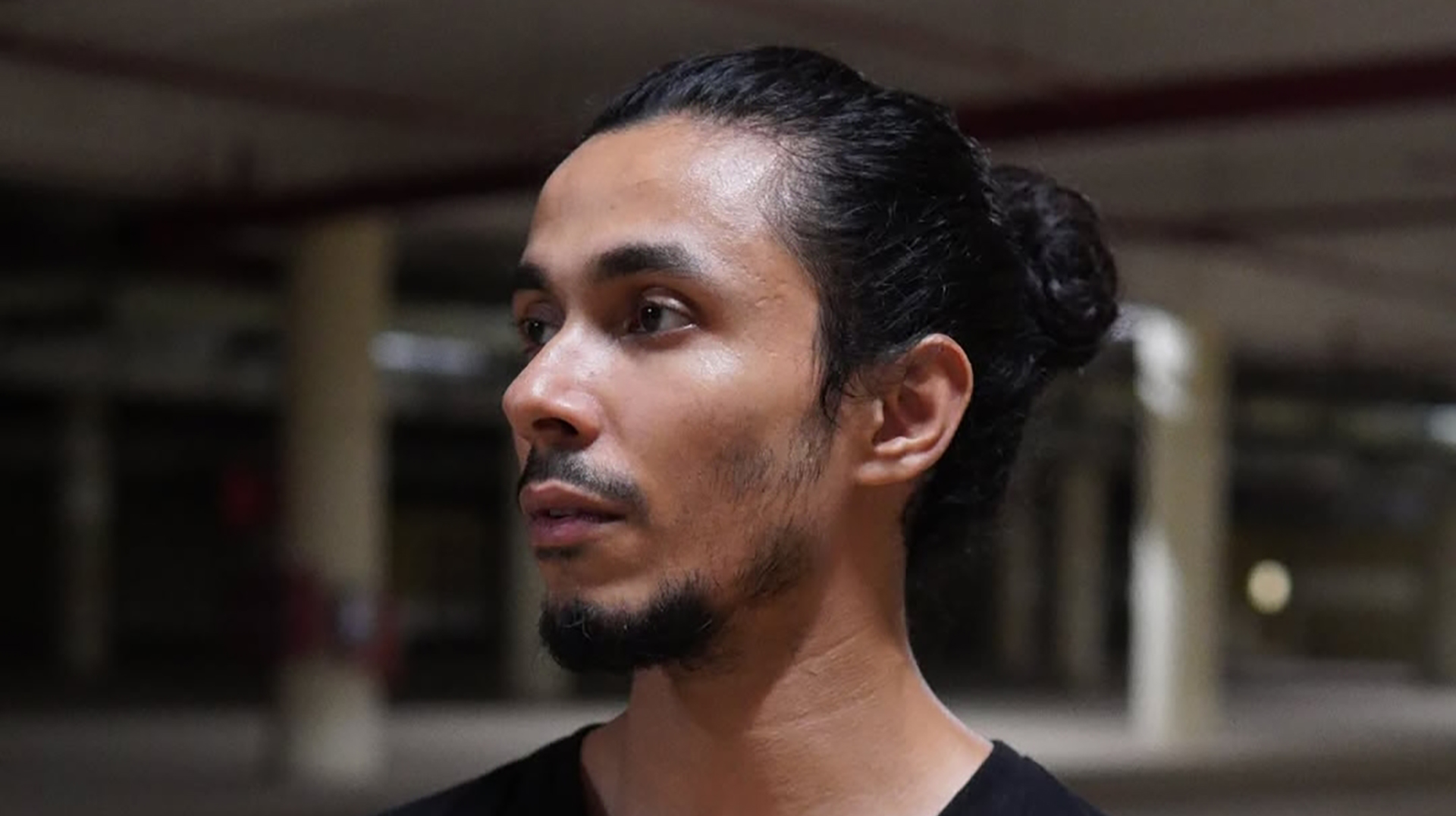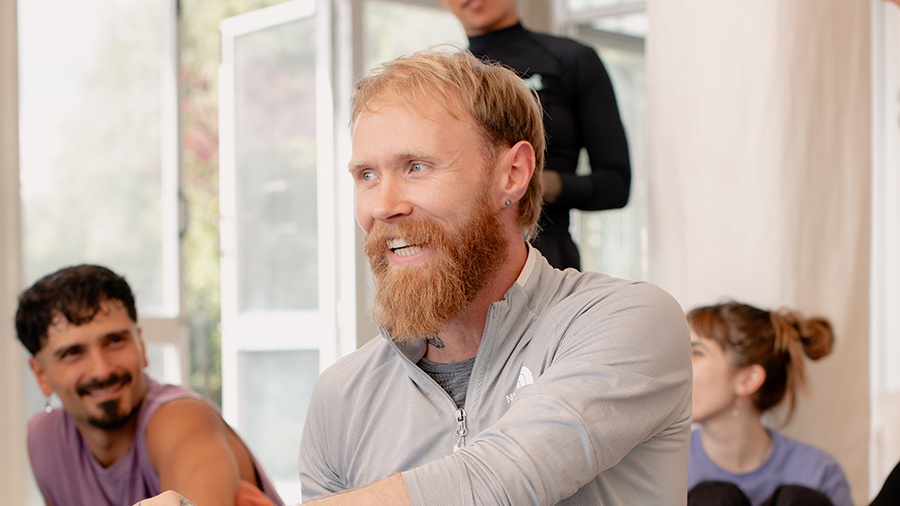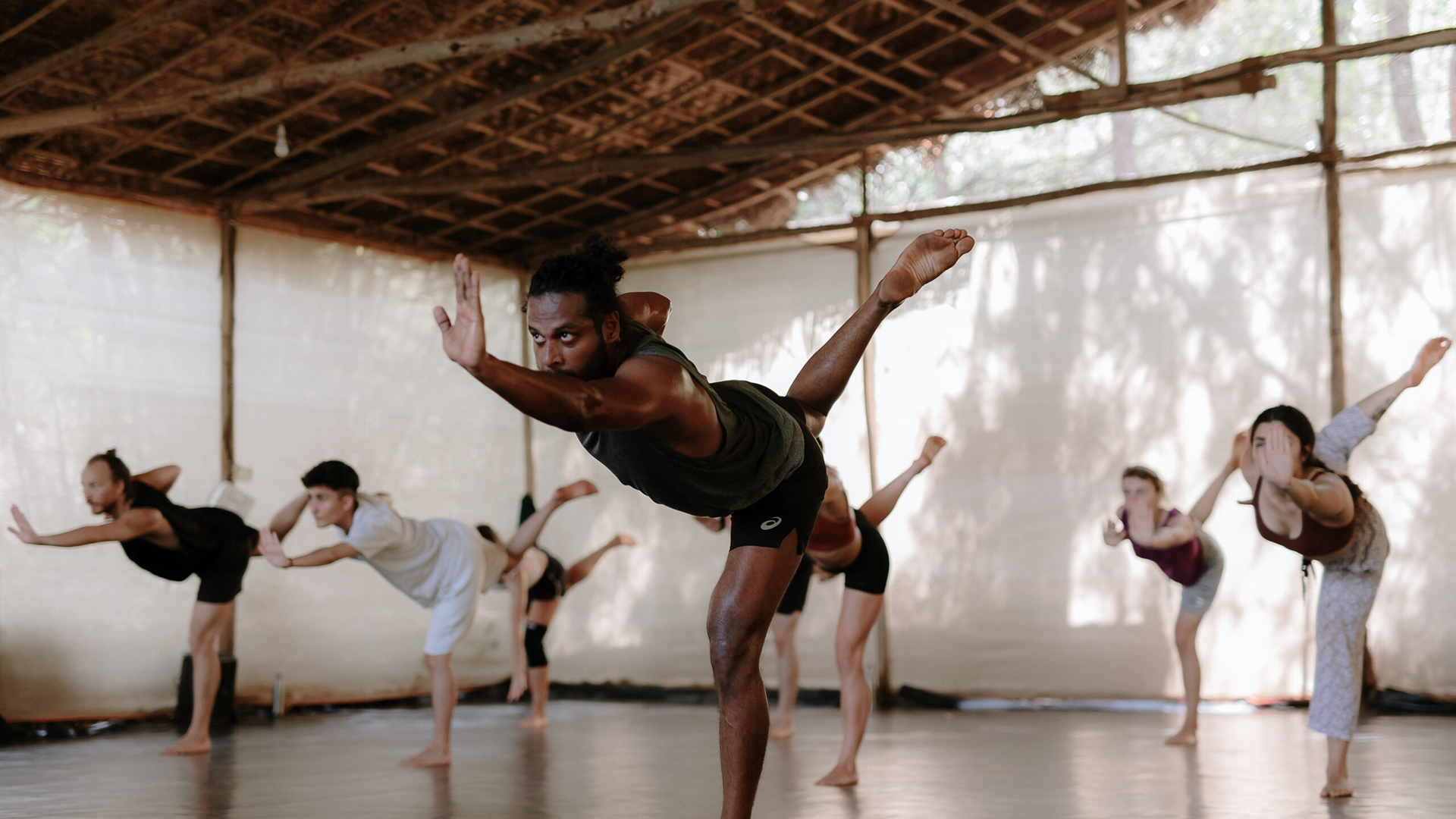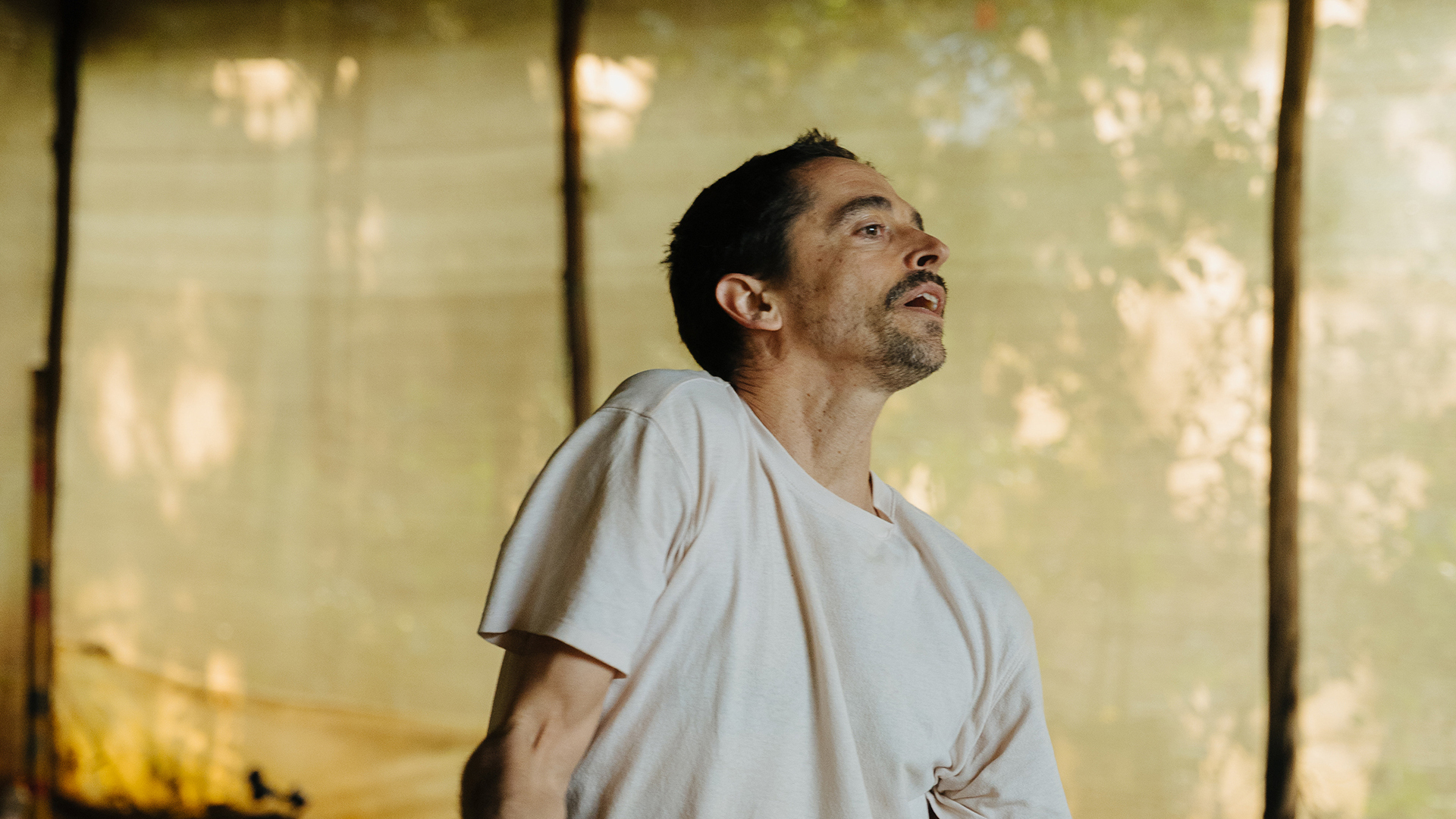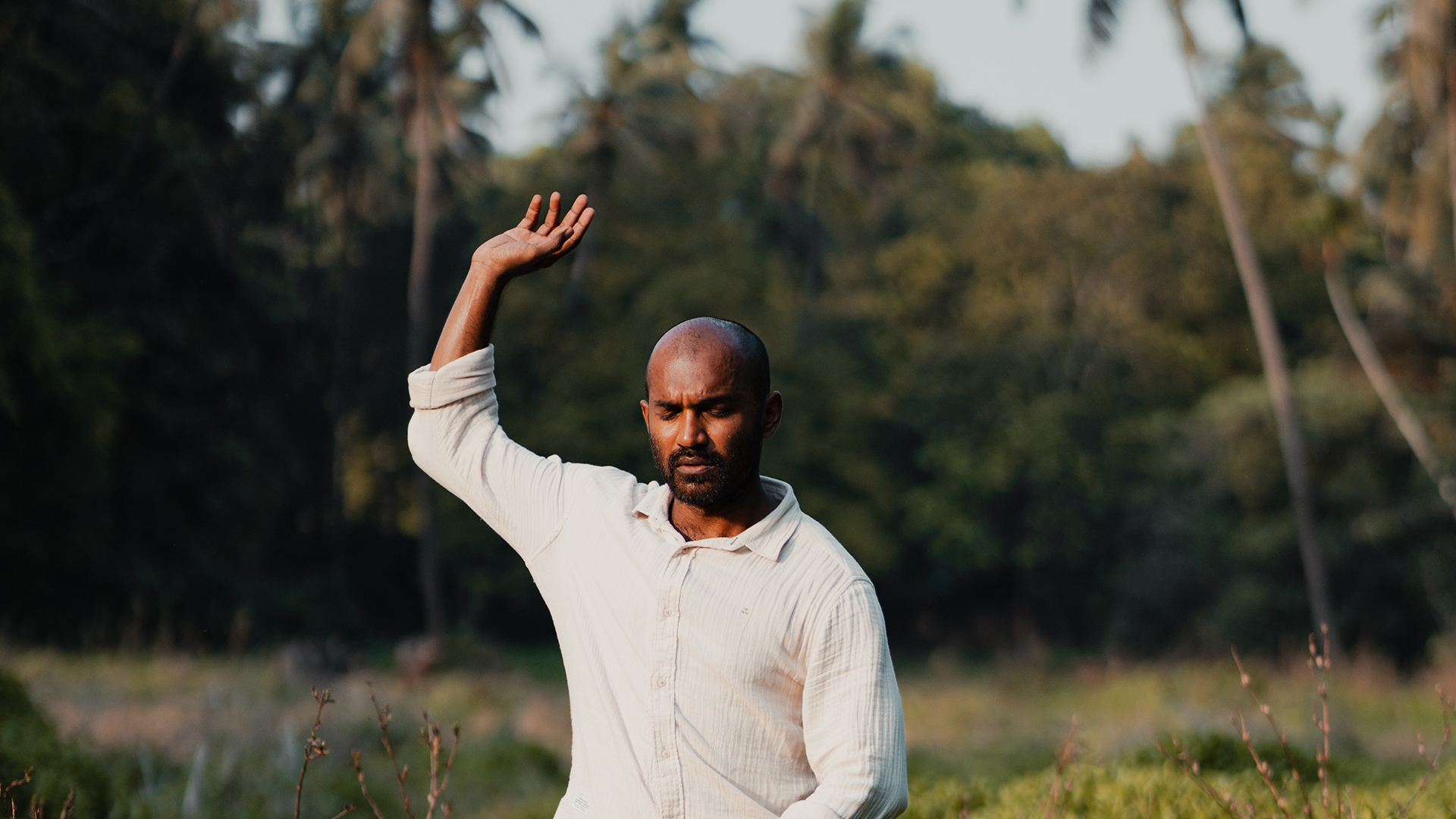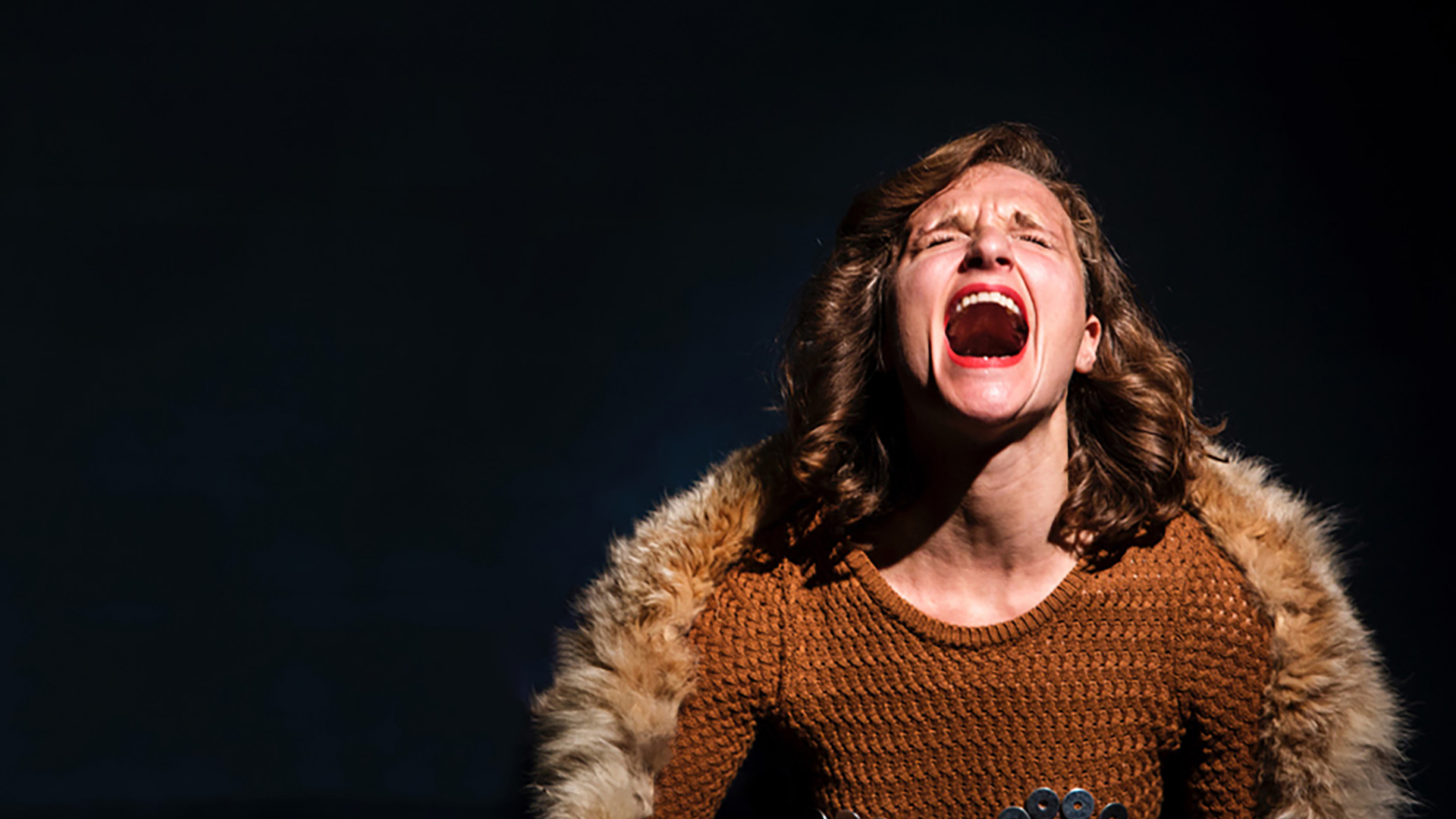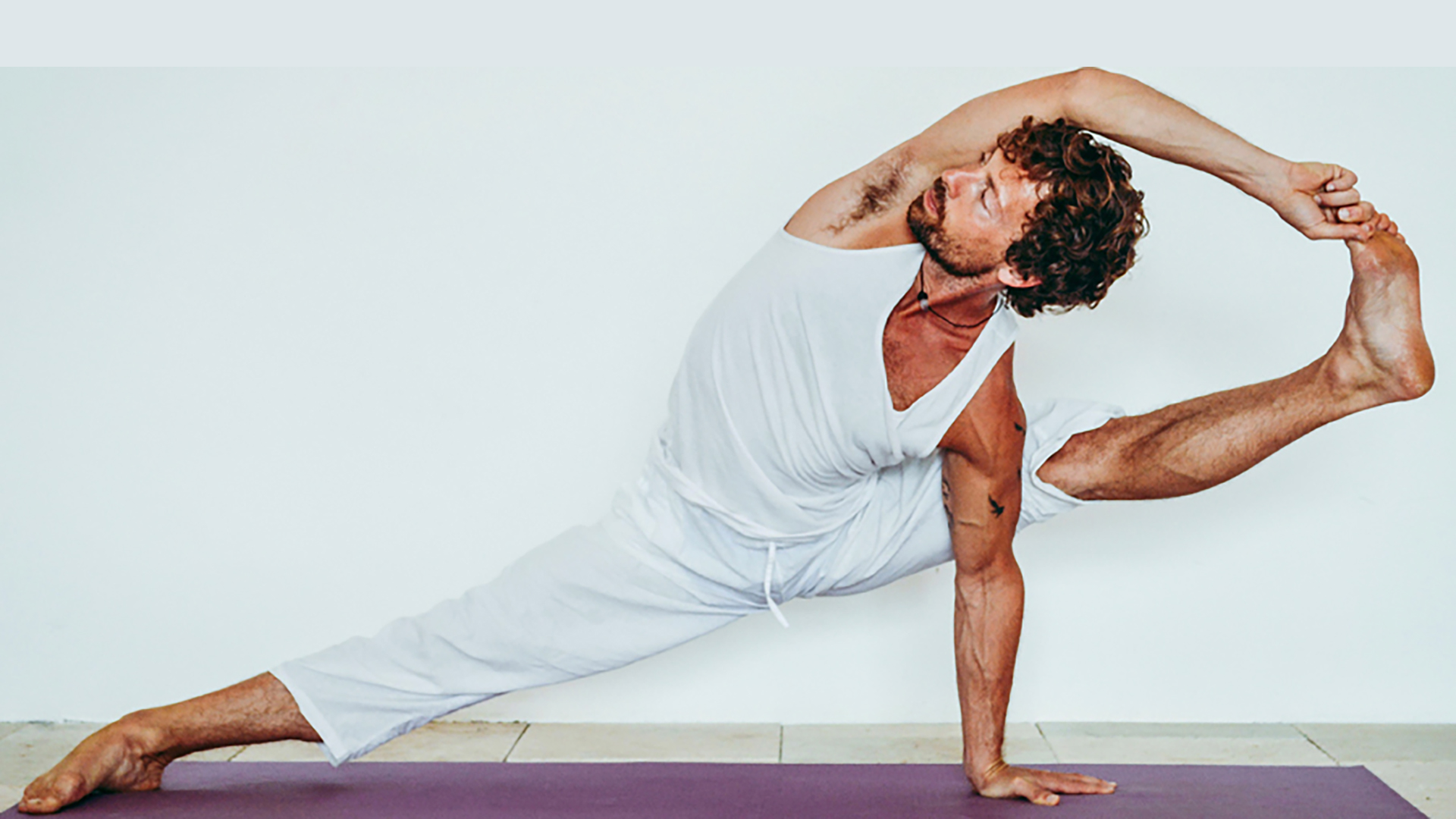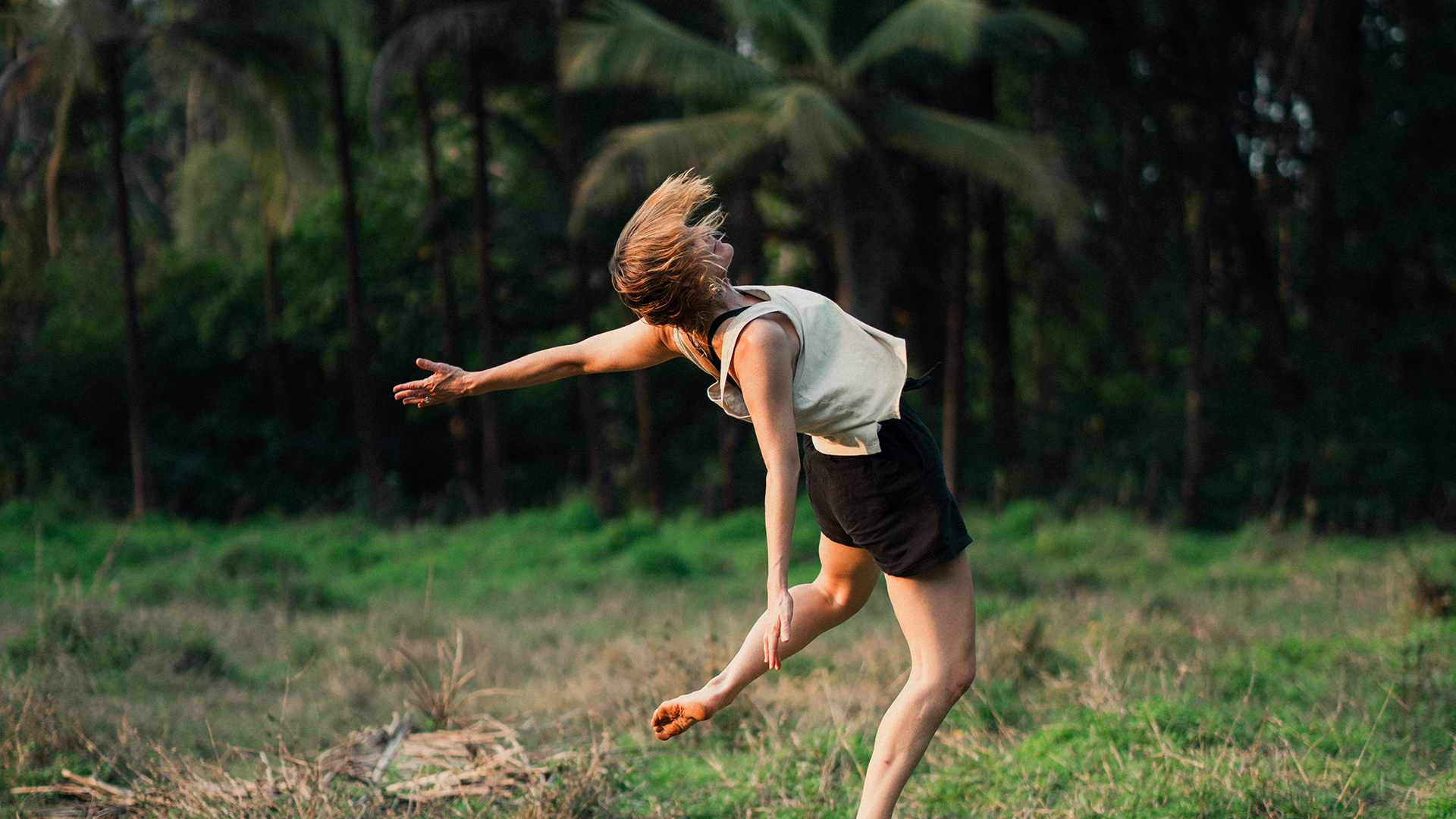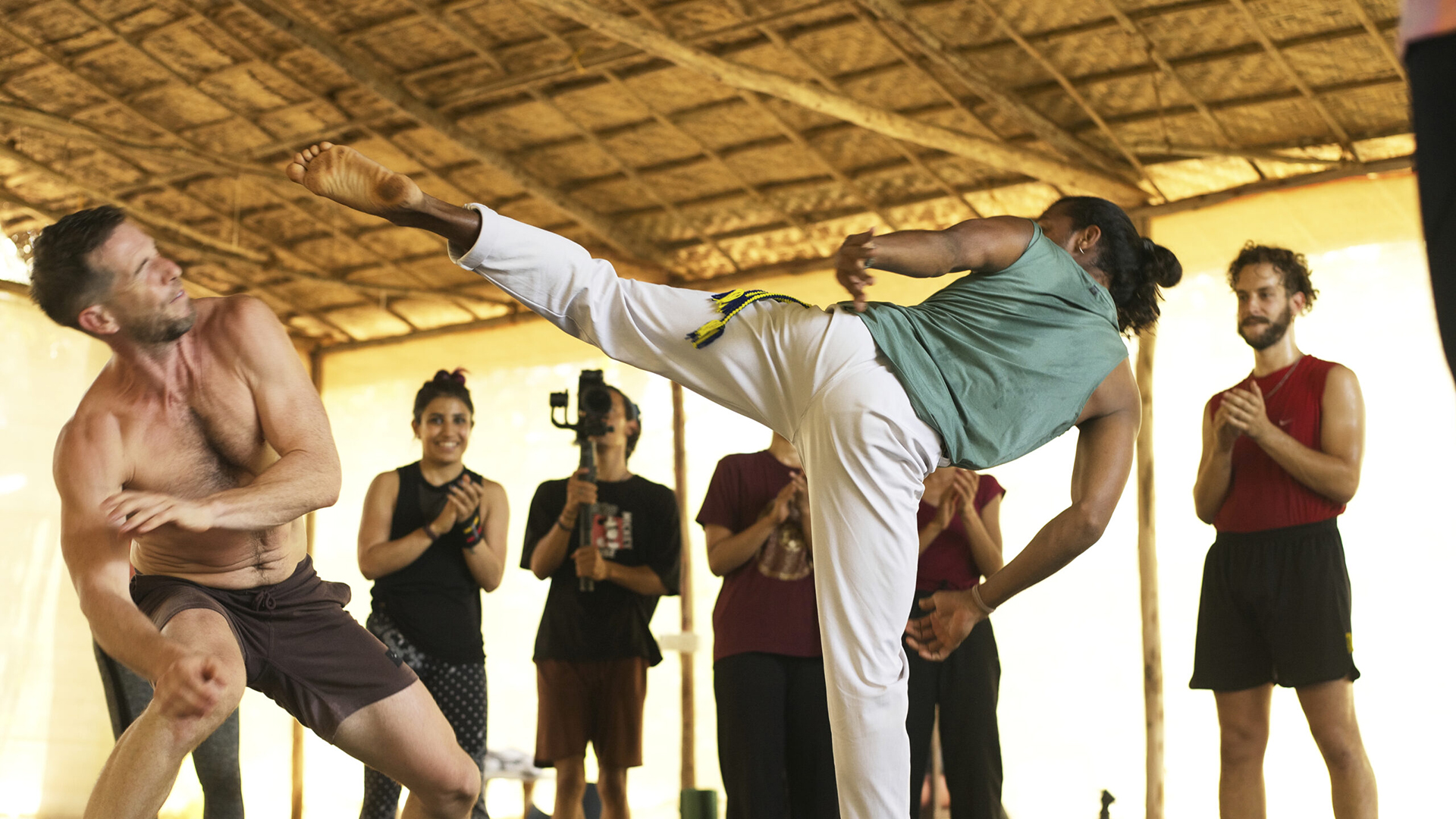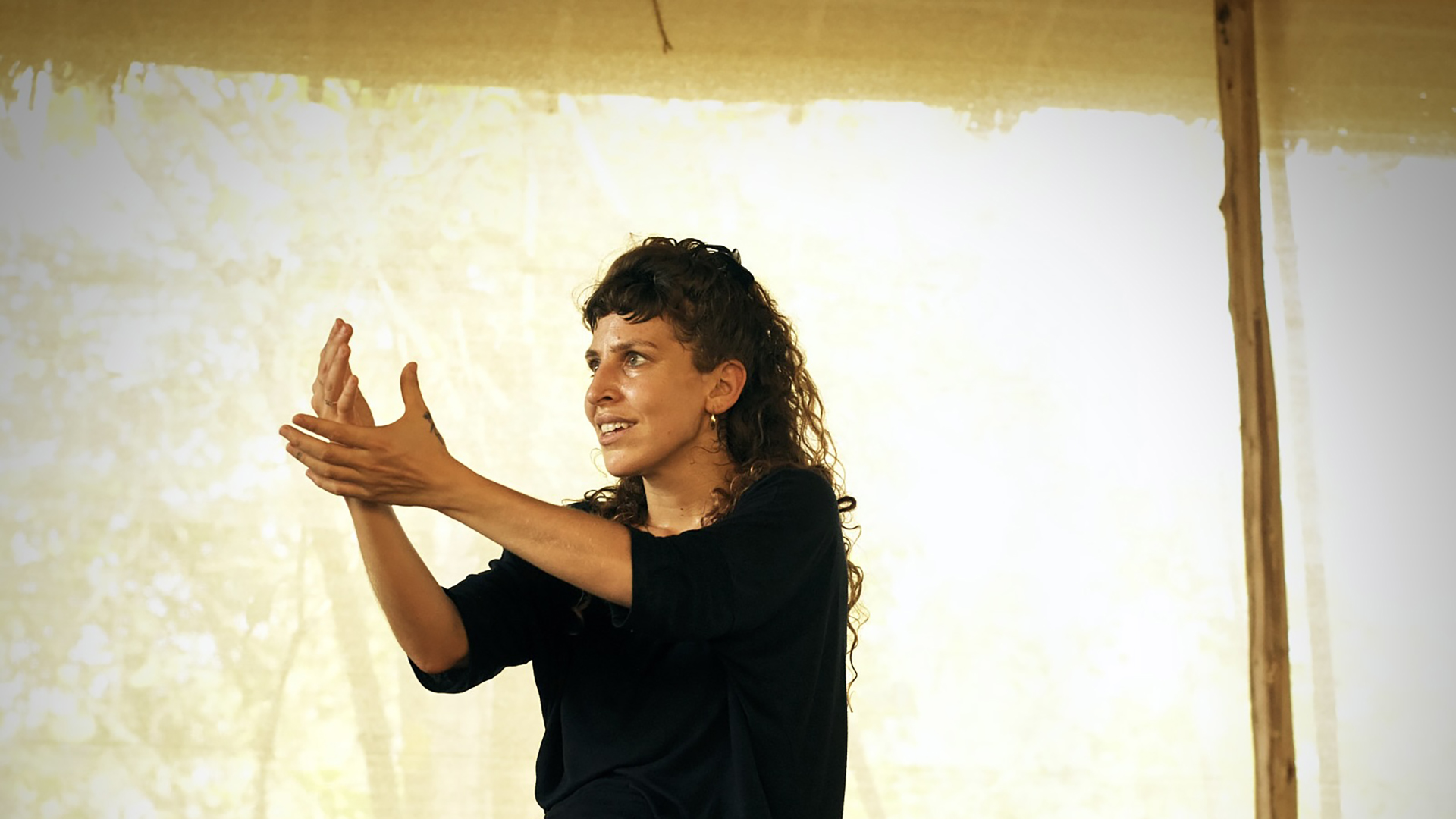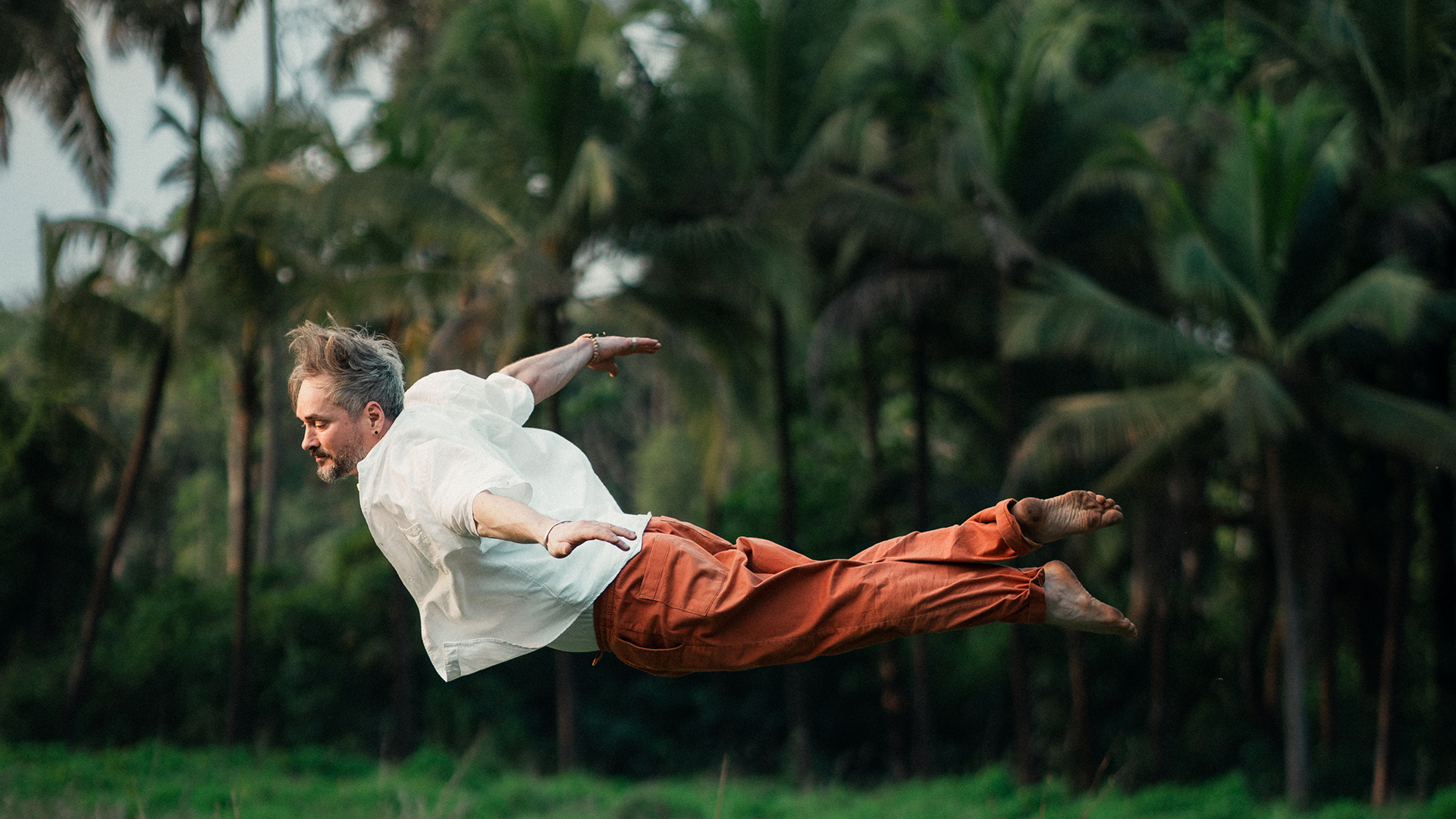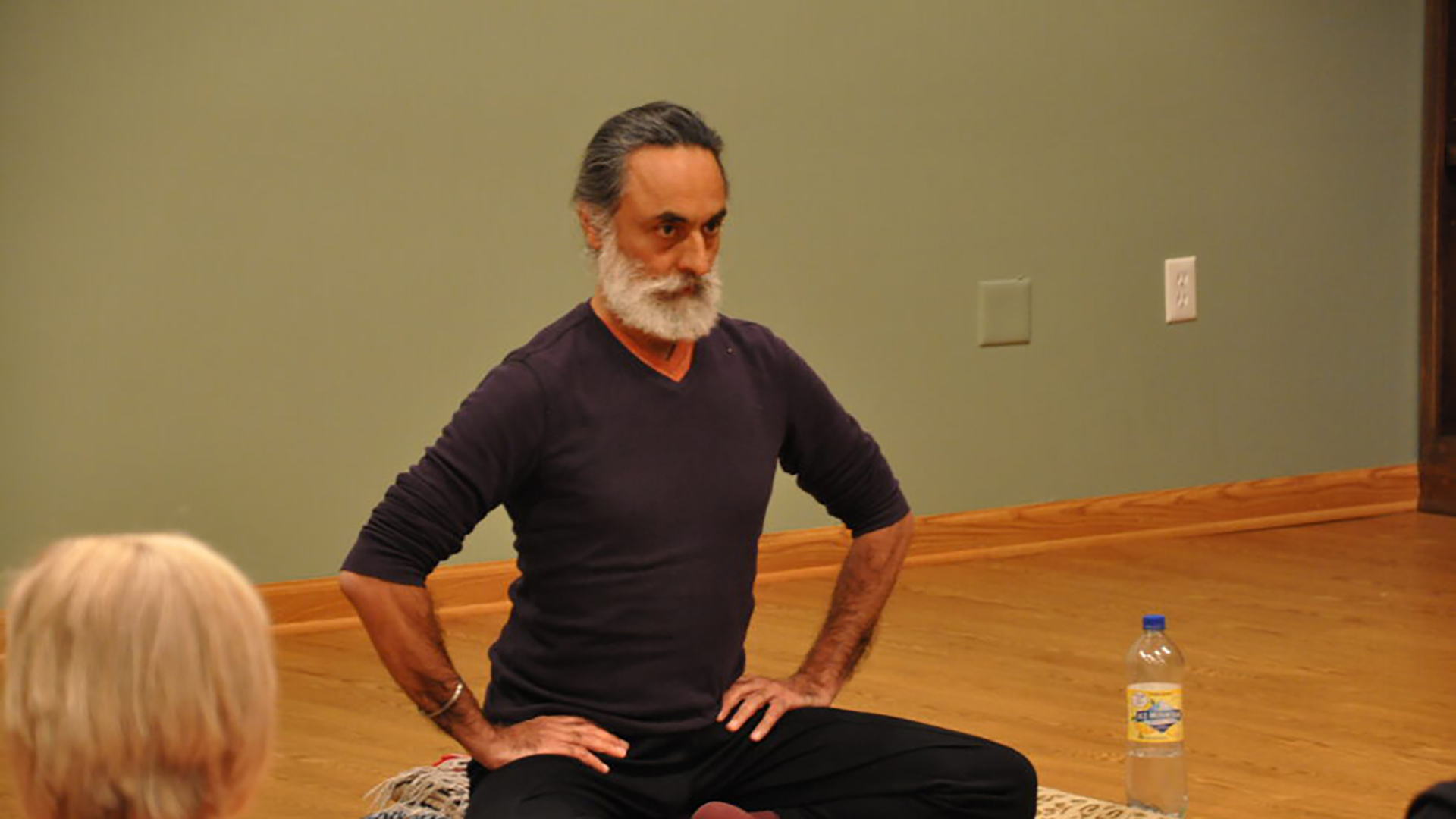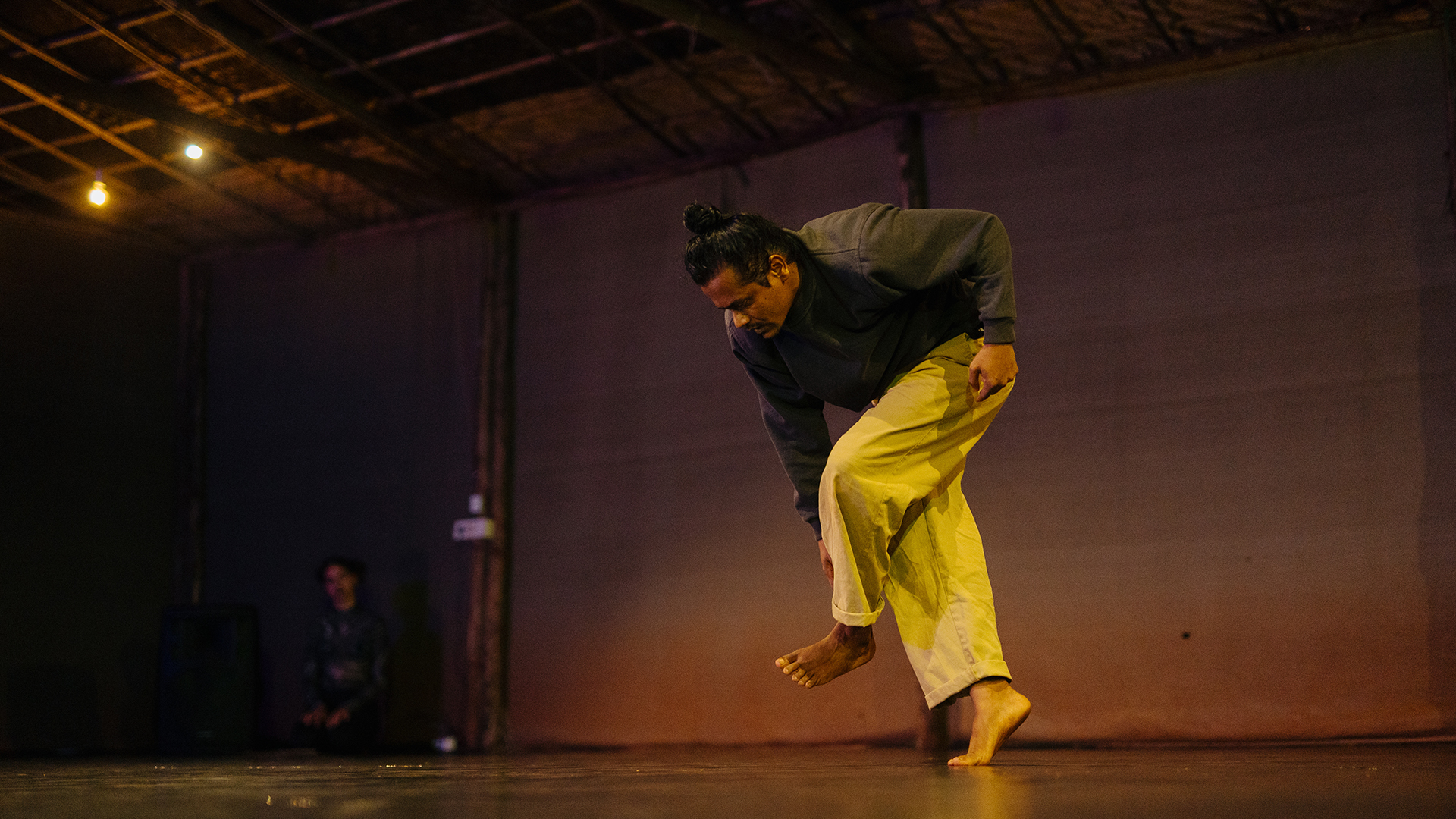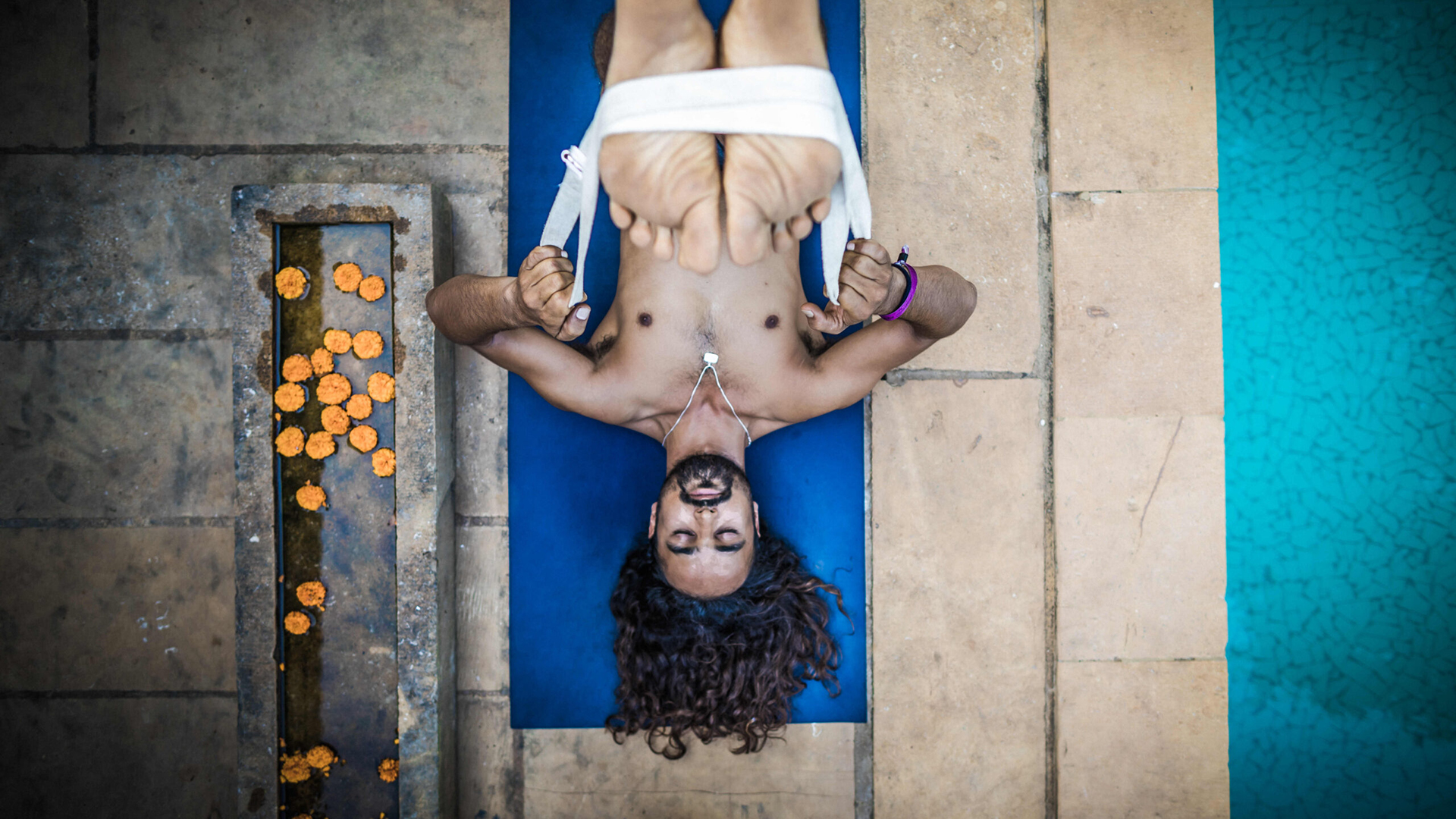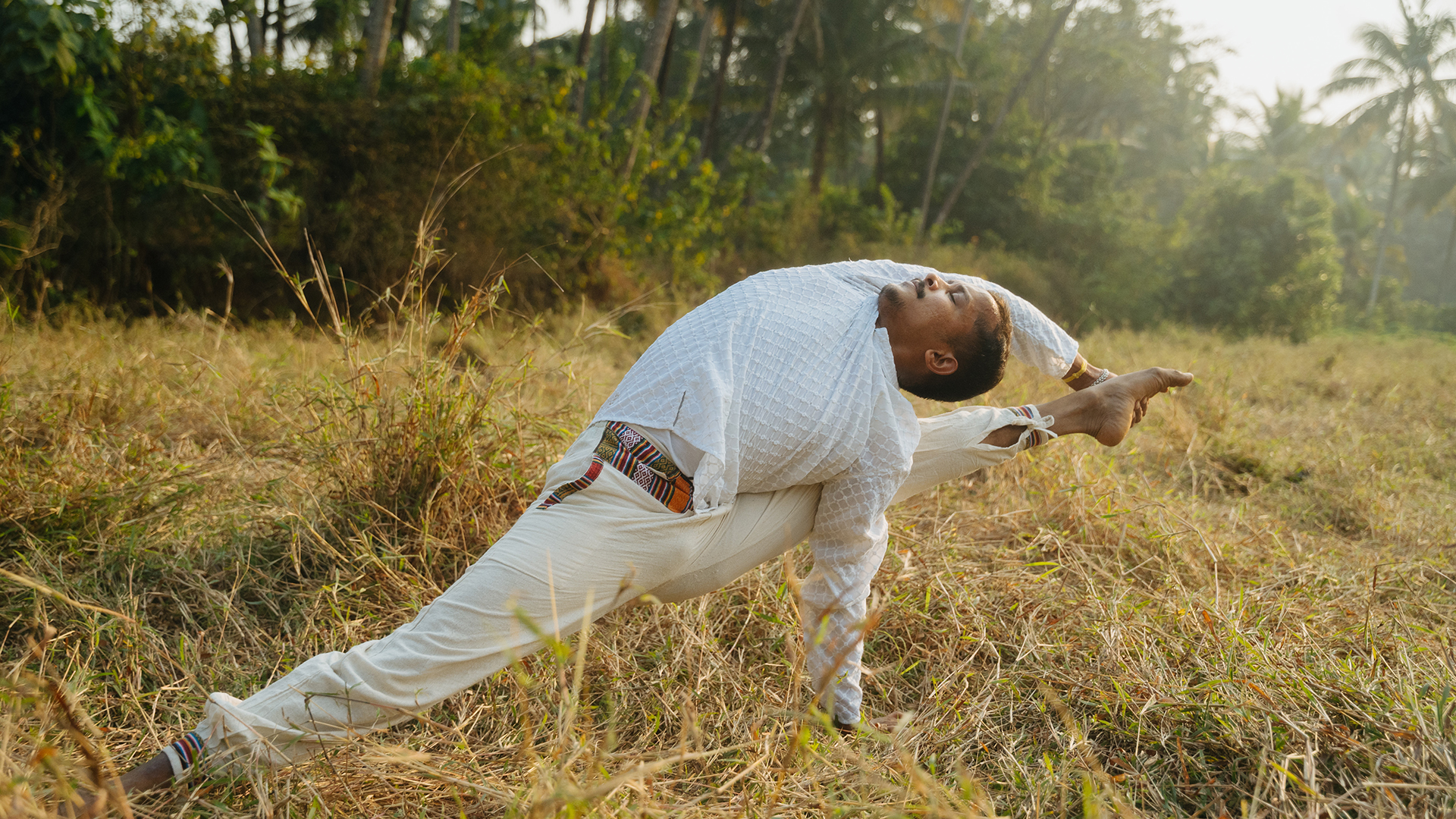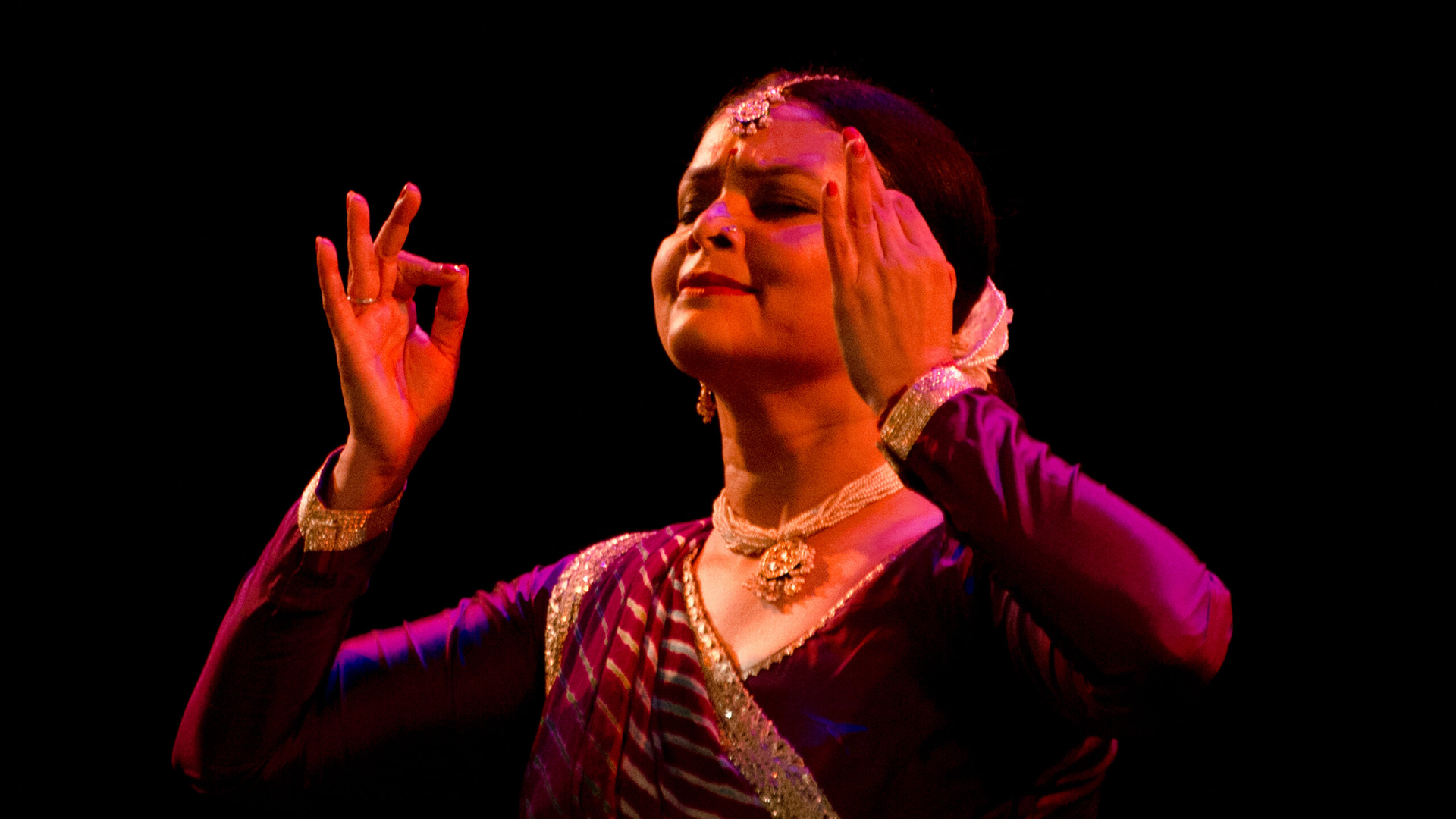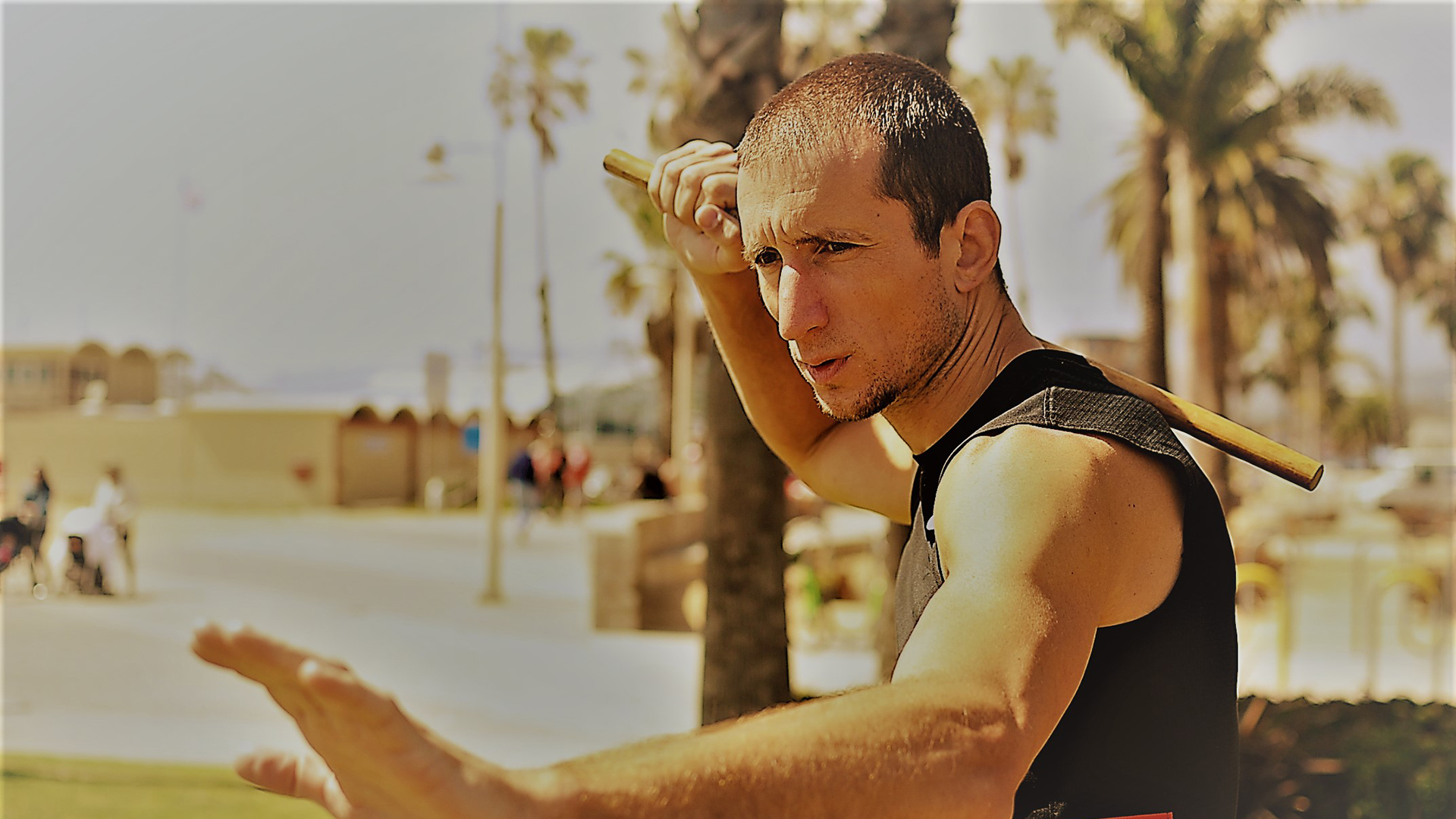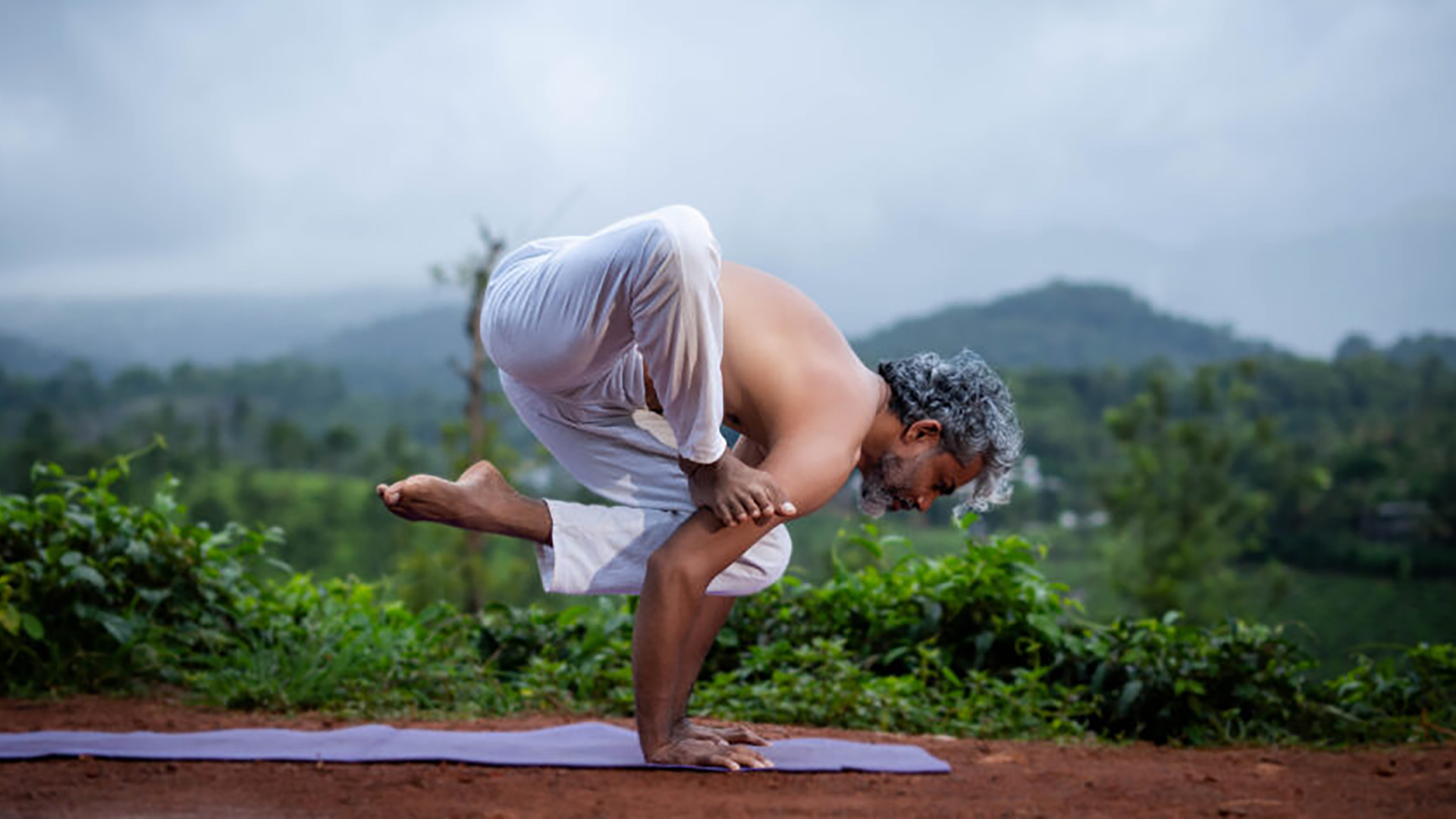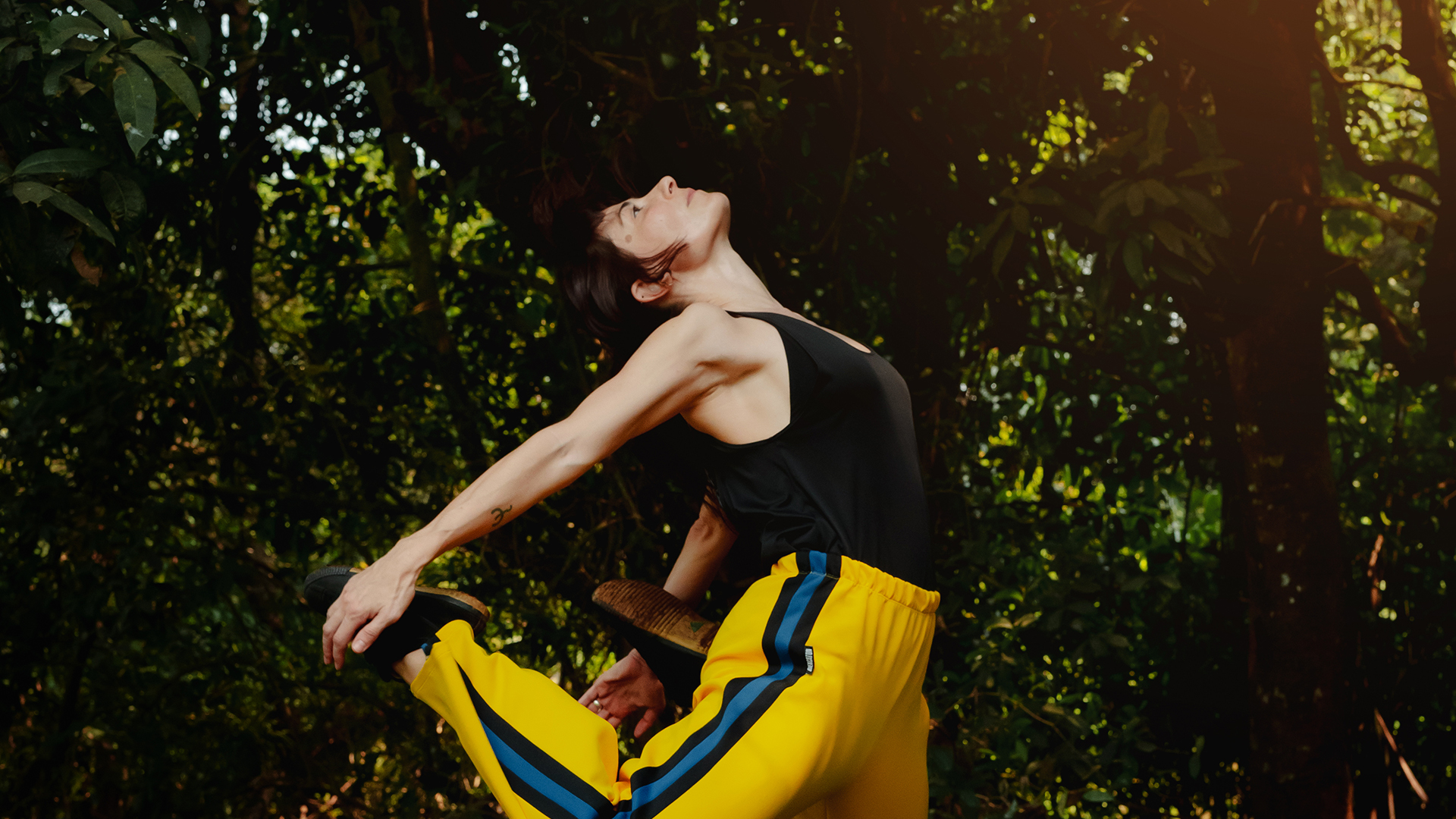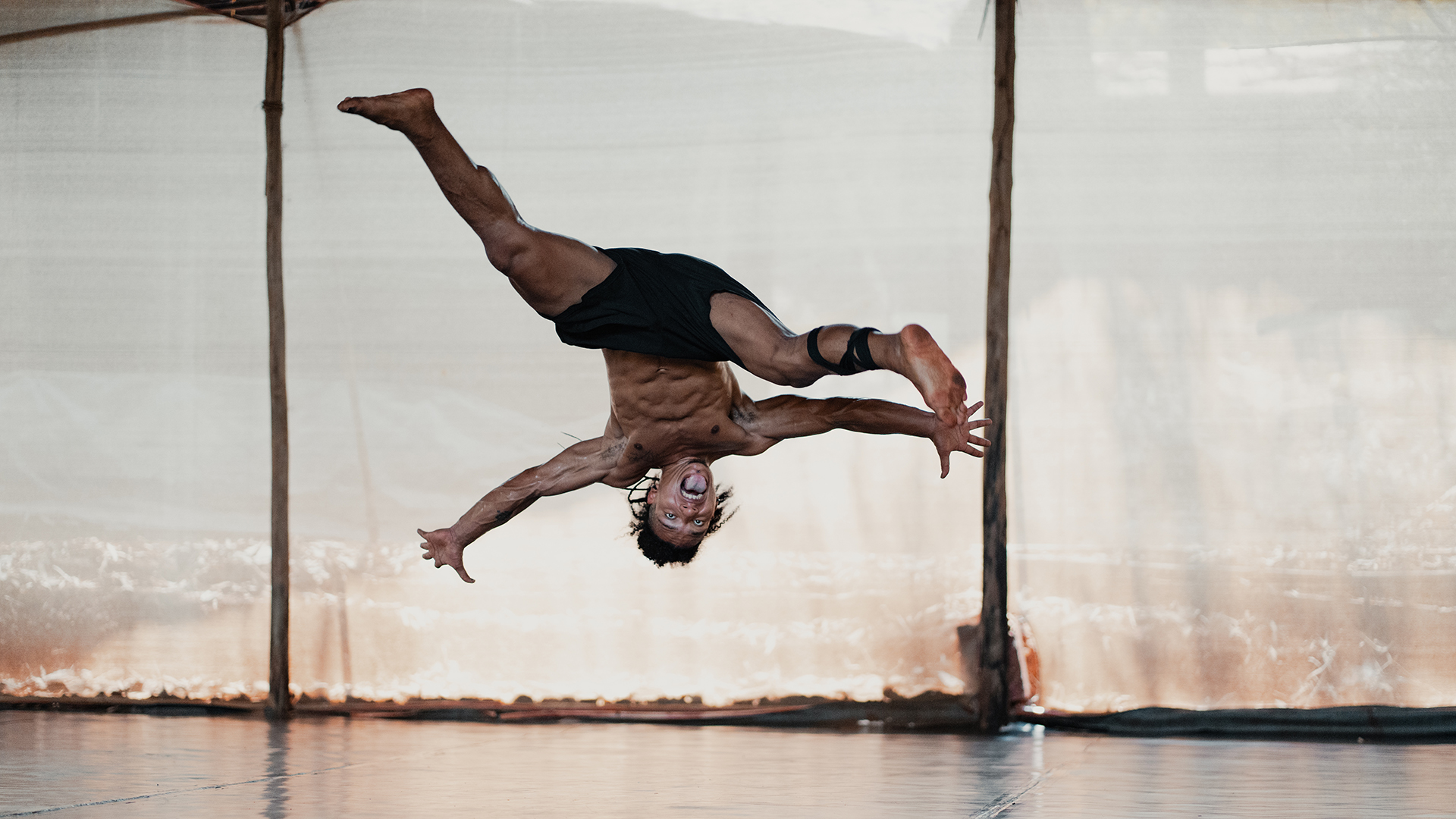Prashant More is an Interdisciplinary artist from India. He engages in artistic work as a Performer, Choreographer, Teacher and Dance Film-maker.
He studied in India and Europe. In 2012, he graduated from Attakkalari Centre for Movement Arts in Bangalore, India and worked as a Repertoire (company) Dancer. In 2015-16 he acquired intensive training in Choreography and Physical Experimental Performances in Amsterdam and Berlin.
As an educator, he creates spaces to explore freedom and authenticity in the bodies of an individual. He is passionate about learning and sharing his practice with all ages and backgrounds as well as dancers, actors and performers of both professionals and non-professionals.
He conducts two modules, ‘Breaking Points’ an ongoing research movement module where his approach is to find an authentic flow of the physical body. And ‘performance.LAB’ where he focuses on creating performances in collaboration. He has been invited to teach in various dance centres, academies and programs in India and Europe. As a performer, his movement vocabulary varies from abstraction to complex and simple patterns to express narrations. He performs in various dance and theatre productions with different artists.
His body of work includes solos, duets and trios, collaborating with artists from different disciplines. He works towards creating immersive, intimate and experimental expressive physical performances with the essence of poetry, humour and honesty. His work was presented at festivals in India, Hong Kong and the UK.
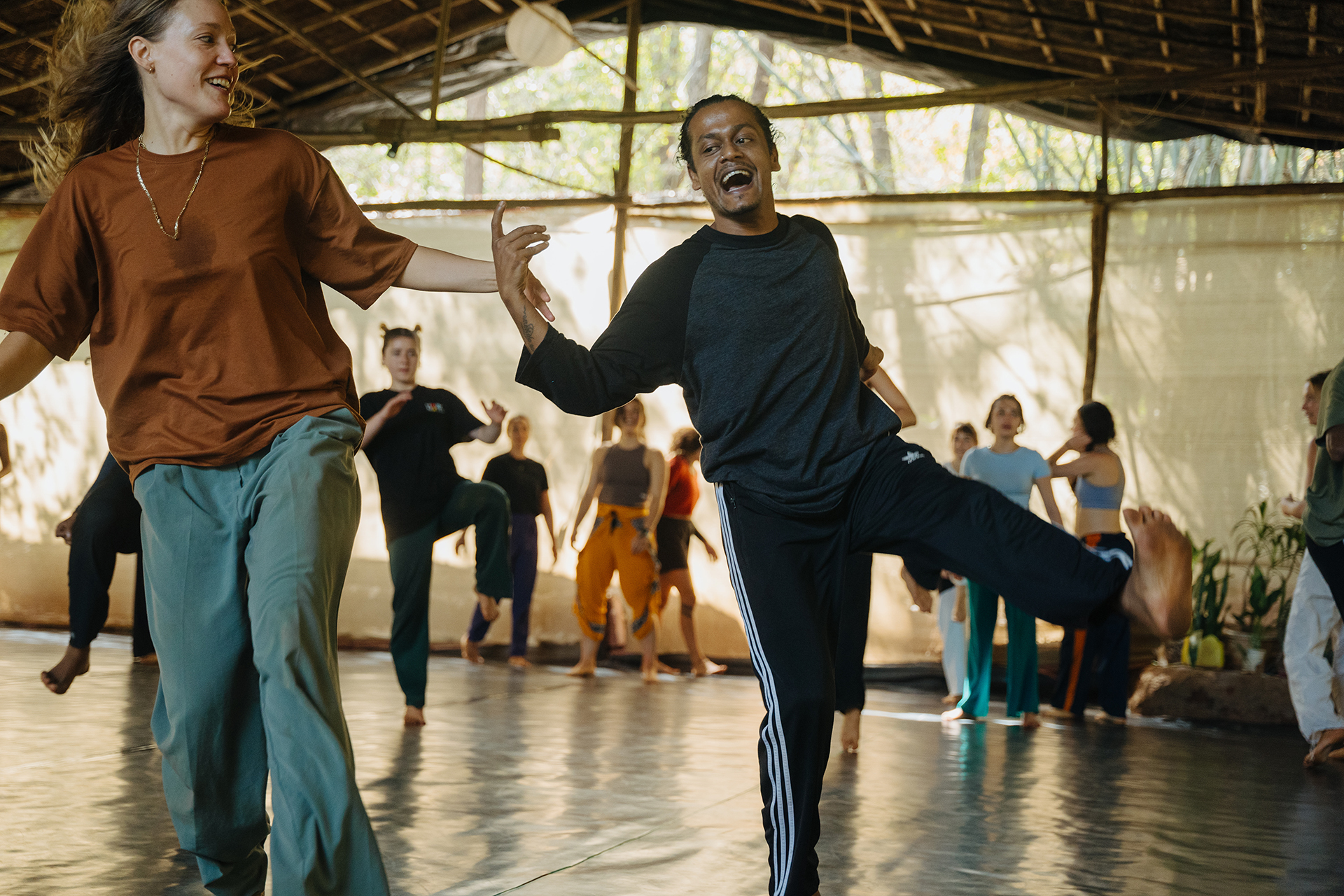
Breaking Points
Breaking Points is a movement practice designed to expand physical vocabulary and refine movement efficiency. It challenges habitual patterns through structured tasks and explorative methods, encouraging adaptability and transformation. By working with principles of momentum, spirals, velocity, groundedness, and redirection of force, participants develop a deeper understanding of weight shifts, pathways of energy, and spatial awareness. This practice opens new movement possibilities, enhancing fluidity, responsiveness, and dynamic physical expression.
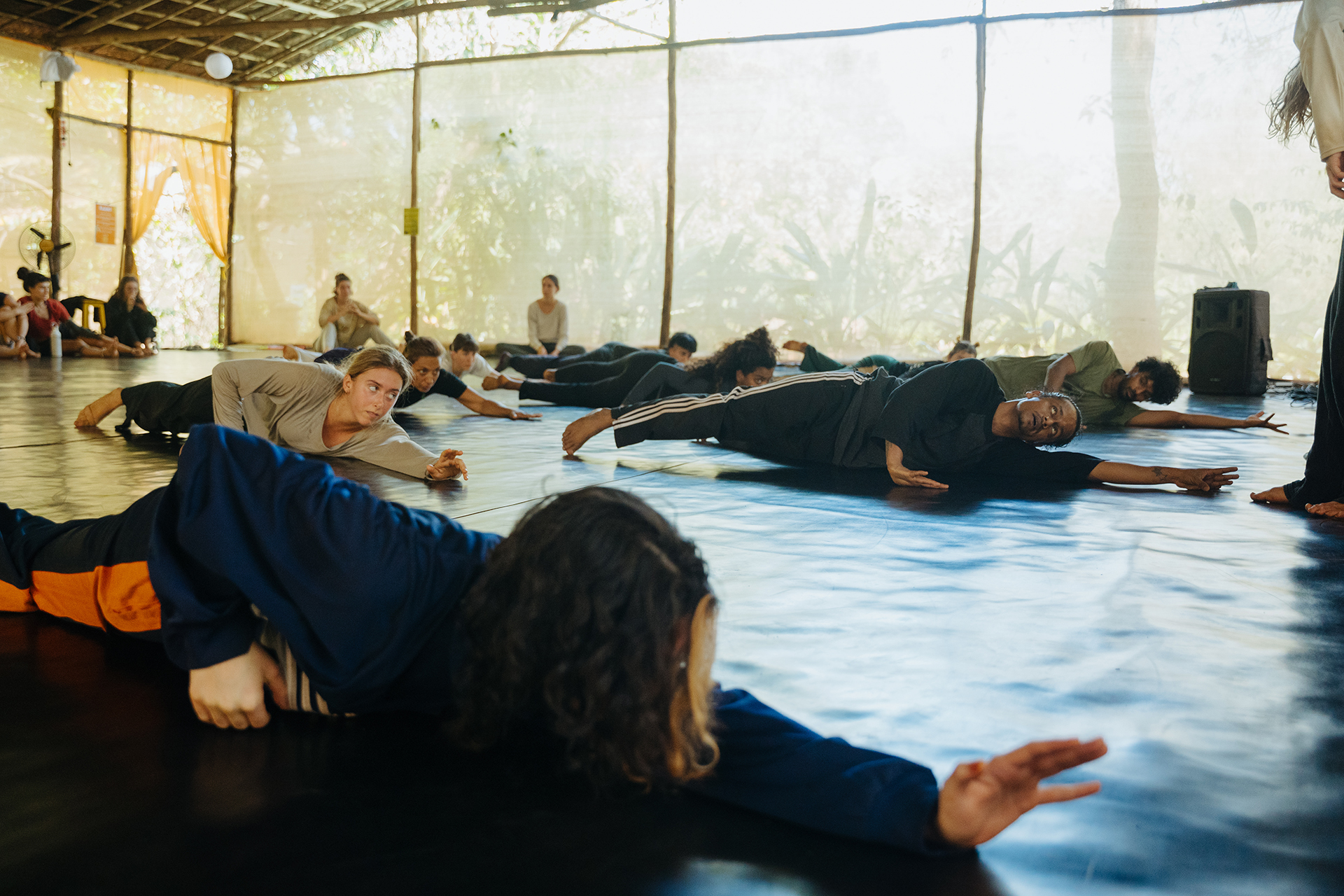
Research
This session focuses on experimentation, creation, and reflection. It encourages you to explore your movement practice and your awareness towards physical performance. Through various frameworks of tasks, tools, and methods to develop materials related to space, time, bodies, and objects, we will examine how we make choices while creating and entering a space where new possibilities can emerge. What supports navigating our process? Together, we will also explore the dynamic of being seen: What shifts when we are watched? How do we stay present under the gaze of an audience? Through individual, paired, and group work, we’ll watch and be watched, sharing our insights and experiences, asking questions, and seeking answers. Although physical exploration, the class follows a clear structure that maintains a continuous flow and collective energy within a supportive and non-judgmental space.

